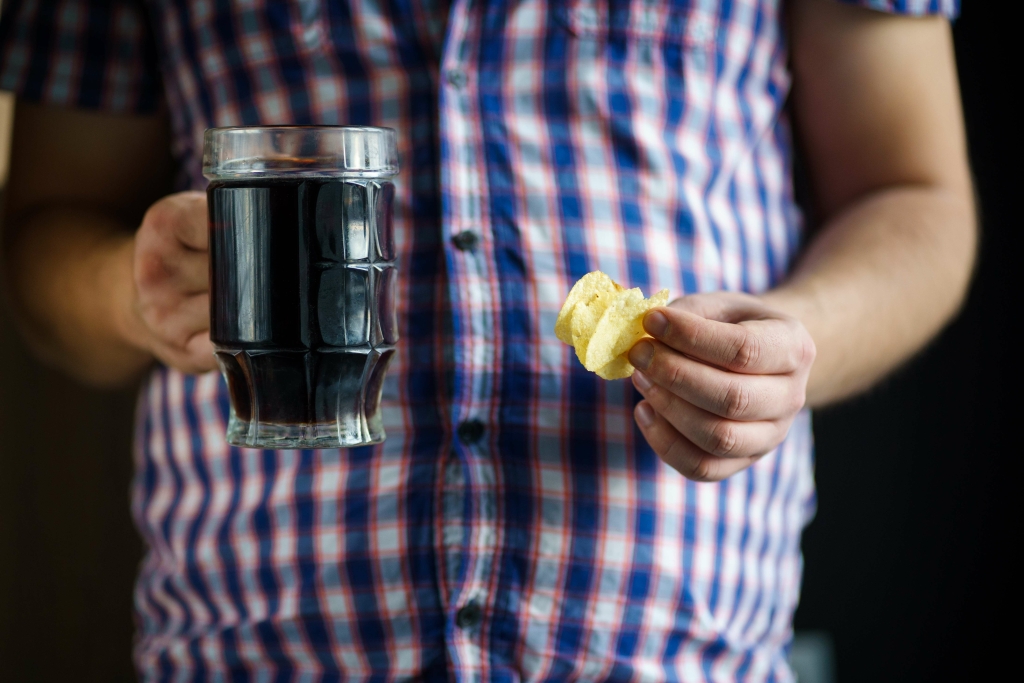Additionally, lab-based studies will be needed to capture dynamic processes involving cognitive/neurocognitive influences on lapse-related phenomena. This article presents one influential model of the antecedents of relapse and the treatment measures that can be taken to prevent or limit relapse after treatment completion. This relapse prevention (RP) model, which was developed by Marlatt and Gordon (1985) and which has been widely used in recent years, has been abstinence violation effect the focus of considerable research. This article reviews various immediate and covert triggers of relapse proposed by the RP model, as well as numerous specific and general intervention strategies that may help patients avoid and cope with relapse-inducing situations.

Balanced lifestyle and Positive addiction

Relapse prevention initially evolved as a calculated response to the longer-term treatment failures of other therapies. The assumption of RP is that it is problematic to expect that the effects of a treatment that is designed to moderate or eliminate an undesirable behaviour will endure beyond the termination of that treatment. Further, there are reasons to presume a problem will re-emerge on returning to the old environment that elicited and maintained the problem behaviour; for instance, forgetting the skills, techniques, and information taught during therapy; and decreased motivation5. AVE and its emotional and cognitive components should be explored and addressed as part of CBT. Counselors should engage clients in this exploration with compassion and understanding, while encouraging them to learn from the experience so that they can identify new coping strategies.
How common are setbacks in the recovery journey?
Overall, the results were consistent with the review conducted by Irvin and colleagues, in that the authors concluded that 58% of individuals who received CBT had better outcomes than those in comparison conditions. In contrast with the findings of Irvin and colleagues 36, Magill and Ray 41 found that CBT was most effective for individuals with marijuana use disorders. The empirical literature on relapse in addictions has grown substantially over the past decade. Because the volume and scope of this work precludes an exhaustive review, the following section summarizes a what is alcoholism select body of findings reflective of the literature and relevant to RP theory. The studies reviewed focus primarily on alcohol and tobacco cessation, however, it should be noted that RP principles have been applied to an increasing range of addictive behaviors 10,11.
Developments in Relapse Prevention: 2000-2010
It can lead to a significant loss of motivation and confidence in their ability to maintain their recovery. In addition to providing treatment and care, behavioral health services can provide support and resources to those affected by mental health and substance abuse issues. This can include family members, caregivers, and loved ones struggling to support someone with a mental health or substance abuse disorder.

- In terms of clinical applications of RP, the most notable development in the last decade has been the emergence and increasing application of Mindfulness-Based Relapse Prevention (MBRP) for addictive behaviors 112,113.
- If the person succumbs to the urge and violates their self-imposed rule, the Abstinence Violation Effect is activated.
- This perceived violation results in the person making an internal explanation to explain why they drank (or used drugs) and then becoming more likely to continue drinking (or using drugs) in order to cope with their own guilt.
- Personality, genetic or familial risk factors, drug sensitivity/metabolism and physical withdrawal profiles are examples of distal variables that could influence relapse liability a priori.
But if they still have drugs left, they decide to go ahead and deplete their supply before quitting again. Classical or Pavlovian conditioning occurs when an originally neutral stimulus (e.g., the sight of a beer bottle) is repeatedly paired with a stimulus (e.g., alcohol consumption) that induces a certain physiological response. After the two stimuli have been paired repeatedly, the neutral stimulus becomes a conditioned stimulus that elicits the same physiological response. These patterns of thinking are extremely common, and they keep us working against ourselves. The need to be a perfect version of ourselves once we hit the “reset” button is a toxic and falsely hopeful outlook on life. We celebrate each other going on ridiculous and unsustainable diets at the beginning of the year, yet think nothing of it in February when any and all signs of healthy eating are gone.
Abstinence Violation Effect (AVE)
Looking back does have its benefits in that it helps us identify weaknesses in our program. The problem is that abstinence violation effect magnifies these weaknesses and prevents us from seeking solutions. Our first instinct should be to figure out a relapse prevention plan that addresses the faults we have identified. This is an important measure, but it doesn’t do much for relapse prevention if we don’t forge a plan to deal with these disturbances when they arise. This isn’t the only way in which our thinking might become twisted when we experience a lapse in sobriety. Abstinence violation effect fuels our negative cognition, causing us to judge ourselves quite harshly.
In 1988 legislation was passed prohibiting the use of federal funds to support syringe access, a policy which remained in effect until 2015 even as numerous studies demonstrated the effectiveness of SSPs in reducing disease transmission (Showalter, 2018; Vlahov et al., 2001). Despite these obstacles, SSPs and their advocates grew into a national and international harm reduction movement (Des Jarlais, 2017; Friedman, Southwell, Bueno, & Paone, 2001). Related work has also stressed the importance of baseline levels of neurocognitive functioning (for example as measured by tasks assessing response inhibition and working memory; 56) as predicting the likelihood of drug use in response to environmental cues. The study of implicit cognition and neurocognition in models of relapse would likely require integration of distal neurocognitive factors (e.g., baseline performance in cognitive tasks) in the context of treatment outcomes studies or EMA paradigms.
Outcome expectancies (anticipated effects of substance use; 27) also figure prominently in the RP model. Additionally, attitudes or beliefs about the causes and meaning of a lapse may influence whether a full relapse ensues. Viewing a lapse as a personal failure may lead to feelings of guilt and abandonment of the behavior change goal 24.
Most scientists who studied SUD treatment believed that abstinence was the only acceptable treatment goal until at least the 1980s (Des Jarlais, 2017). Abstinence rates became the primary outcome for determining SUD treatment effectiveness (Finney, Moyer, & Swearingen, 2003; Kiluk, Fitzmaurice, Strain, & Weiss, 2019; Miller, 1994; Volkow, 2020), a standard which persisted well into the 1990s (Finney et al., 2003). Little attention was given to whether people in abstinence-focused treatments endorsed abstinence goals themselves, or whether treatment could help reduce substance use and related problems for those who did not desire (or were not ready for) abstinence.


